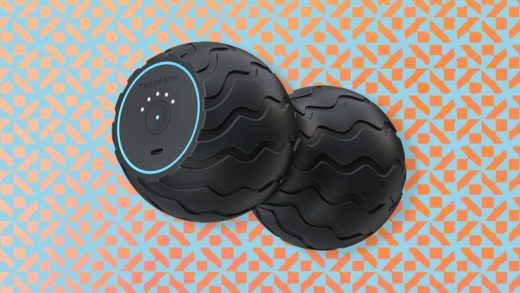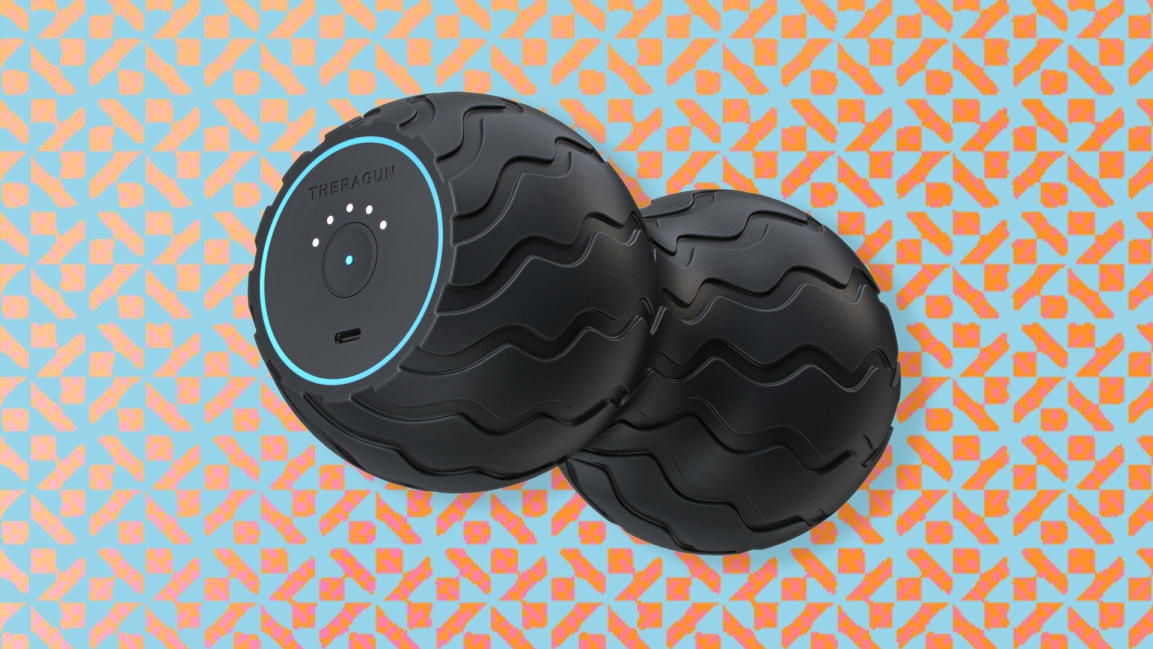Therabody’s versatile new massage roller helps everything from back pain to carpal tunnel syndrome
For the past week, Therabody’s new Wave Duo device has sat on my desk like a nubby black hourglass, beckoning me to ease my sore muscles.
The wireless, vibrating roller is one of the latest releases from the company behind the wildly popular Theragun personal percussive massager. A contoured 7-inch, 2-pound contraption, the Wave Duo massage roller is designed to target both exercise- and everyday-induced woes. I have been demoing it several times a day since Therabody’s director of human performance, Lissa Bankston, showed me how to use the device.
Bankston explained that Wave Duo’s unique peanut shape allows it to cradle your spine and midback. “We created it to treat muscles on either side, and then you melt into the center,” she said, demonstrating how the massager sits at the curve of your neck or low back. Still, despite its distinct shape, this compact device can also be used elsewhere on the body, cradling muscles to give users an effective, all-around massage.
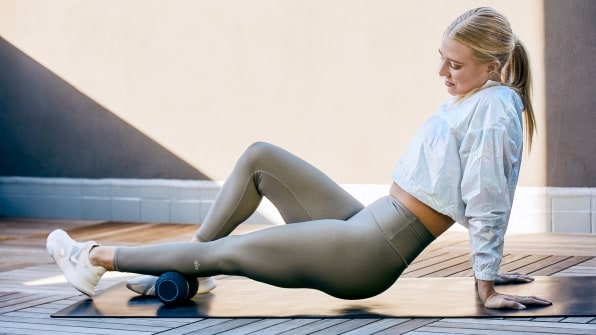
The $99 Wave Duo was designed with versatility in mind: to fit bodies of all shapes and sizes, but also to serve both athletes and desk jockeys. As I discovered, the device is perfect for treating 9-to-5 ailments, such as tech neck and carpal tunnel.
To address my wrist and hand issues, Bankston prescribed a 90-second session with the Wave Duo each morning, back and forth against both sides of the forearm, followed by wrist stretches a few times a day. “Use the device to address inflammation early on, and then reduce [lactic acid] buildup throughout the day,” she explained. Carpal tunnel, which creeps up like a ticking, stiffening time bomb by Thursday afternoon, is a weekly stressor of mine, and I can usually feel the tells a few days before: painful, cracking wrists and aching, warm forearms. A few days of steady rolling sessions on the Wave Duo has kept those early signs at bay.
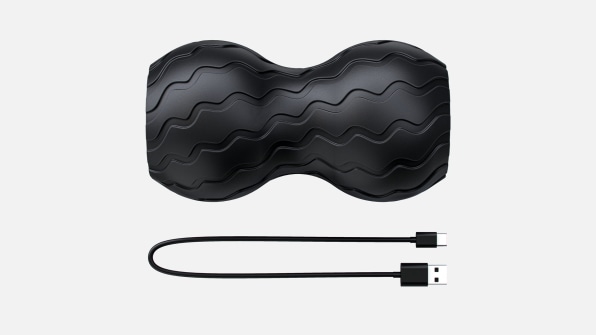
The device has five vibration settings—from comfortably buzzy to OMG, is it going to grow legs and run off on its own? Its friction-inducing design—a soft rubbery outer with waved grooves—is also sound-dampening and keeps the roller from escaping when on its high frequency. Each session can be completed in a matter of seconds. Bankston recommended 60 seconds per area. While more won’t hurt you, it won’t maximize results either. And with 200 minutes of battery life, you could roll for an entire week without a charge.
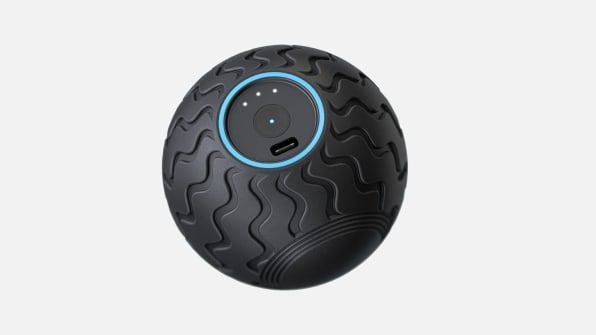
Therabody introduced the Wave Duo alongside the new Wave Solo, an unassuming 3.4-inch orb that can pinpoint muscles with deep vibration. The $79 Wave Solo is small but mighty and was inspired by the lacrosse ball, those super dense, makeshift massage tools that are popular in locker rooms and PT. Both devices pair with your phone via Bluetooth, allowing users to access a catalog of instructional video sessions that target different ailments.
The company, known for its celeb-favorite Theragun massager line, rebranded in 2020 as Therabody with the mission to innovate myofascial release and stimulation technology. It has since expanded into new categories, including a CBD topical line called TheraOne, and has acquired two wellness-tech companies: PowerDot, which makes muscle stimulation devices, and RP Sports, makers of medical-grade therapy systems.
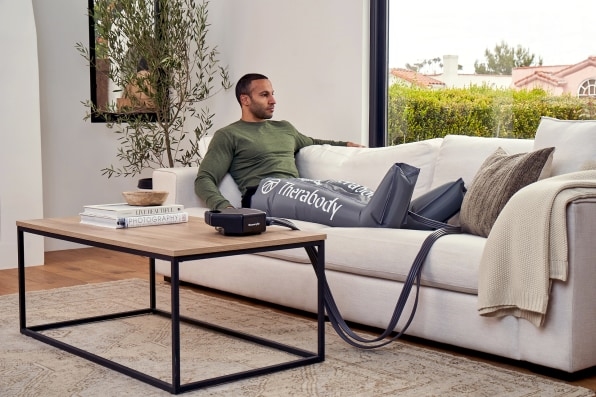
This spring, Therabody rolled out a line of therapy boots, the RecoveryAir and RecoveryAir PRO, that iterate on RP Sports’ signature therapeutic device, the RecoveryPump. The boots, which resemble individual sleeping bags wrapped close against each leg, use air chambers to move up your leg, building compression and encouraging blood flow. Starting at $699, they’re certainly more of a commitment than Therabody’s other devices, but they share a similar ethos: helping both seasoned and beginning athletes recover with ease.
(40)

